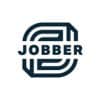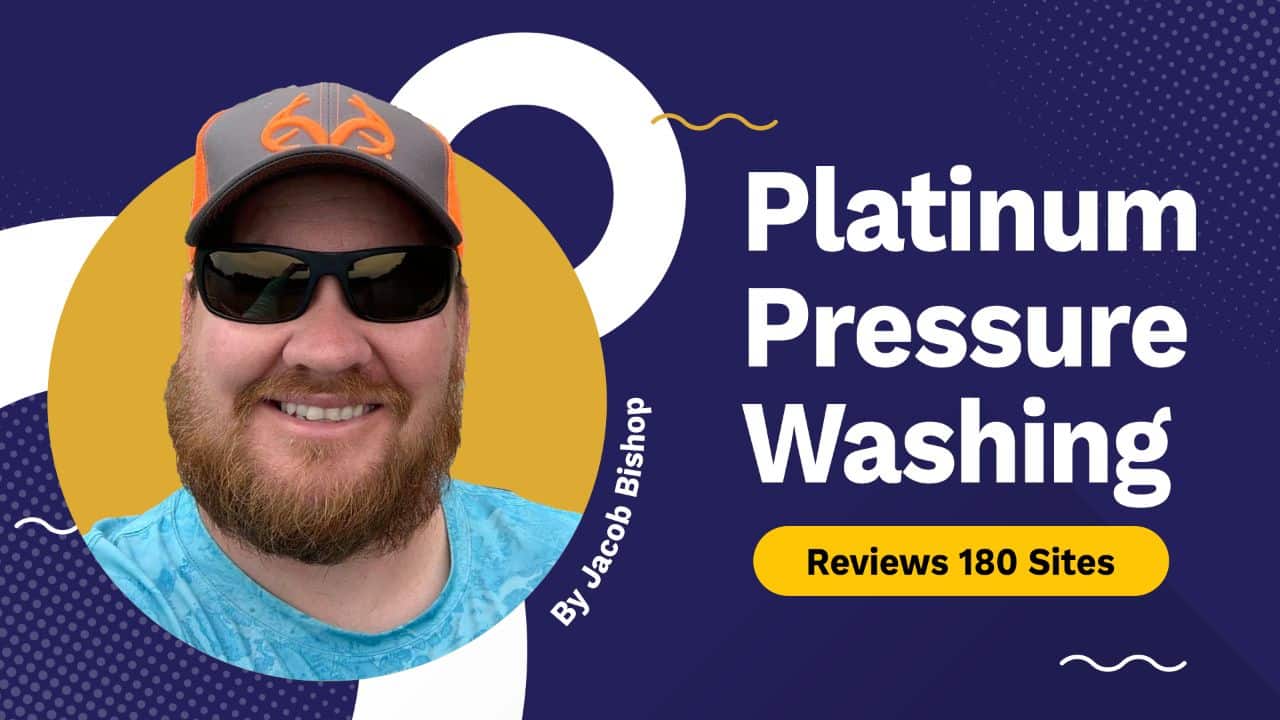Whether it’s today or in the future, there will come a time where your website needs to be redesigned. With trends and audience expectations constantly changing, you will get left behind with outdated content and design if you don’t make changes. However, changing your website piece by piece isn’t always a good idea; it will look messy and confusing. So, the best option for you is to redesign and relaunch a new website entirely.
While this part can be stressful enough, the main aspect that people worry about is losing their SEO rankings. These can take years to build up and they’ll be lost overnight, right? Well, yes, if you do nothing to mitigate the situation, you can lose it all. However, there are some best practices you can follow and steps you can take to preserve your SEO during a website launch, follow this guide and put your fears to rest.
Keep the Same URL Structure
When it comes to the URL structure of your website, it’s best to follow the rule of ‘if it ain’t broke, don’t fix it’. You or your web design team can update the content and design of every page without having to change the URL. If you have had your website for many years, have built up a good ranking, and get organic traffic then now is not the time to be changing your URL structures and confusing both visitors and search engines.
You’ve built your brand and your reputation with these URLs so do whatever you can to keep them. If you have a team that is handling these redesigns for you, they can discuss with you if there’s any reason the URL might need changing, but for the most part, there shouldn’t be any issues. However, there are certain situations where a whole restructuring of the URL may need to take place if it means you’ll have better SEO in the future.
If you do end up changing your domain name, then it’s advisable to keep the old domain with 301 redirects to your new site for at least 180 days or longer if you’re able to. Changing your domain and removing the old one altogether will only result in you having fewer visitors to your new site. You need to give people time to learn that you have changed your domain name. Redirecting a domain change is an obvious task that everyone would look at for but changing even your page slugs will obliterate any ranking that page or pages have. Do everything you can to not change any slugs but if absolutely necessary be sure to establish 301 redirects from the old to the new page names.
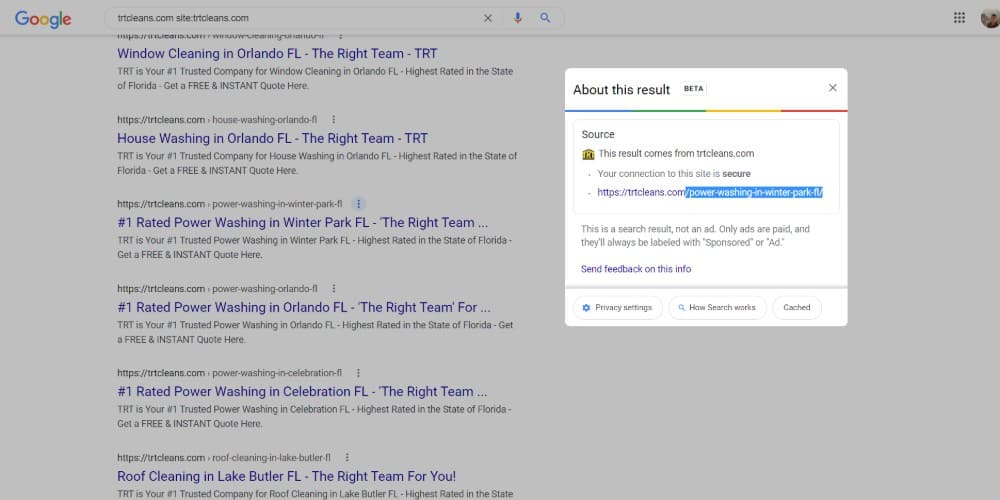
Manage Your 301 Redirects
With the number of pages on your website, there will come a time when you’ll have to move a page, change the address, or just delete it altogether. When this happens, it’s essential that you set up a 301 redirect within any relevant page. If you don’t set up the redirect, a 404 error message will come up instead. Google (and people) hate these error messages, and the more broken links you have, the more you’ll be negatively impacting your SEO. Before you launch your new site, it’s a good idea to test every page and make sure there are no broken links or missing pages – these are the kind of errors that Google’s crawlers will find quickly. Many people make the mistake of renaming their pages and don’t even realize it.
If your page’s slug is /roofing-contractor-in-atlanta-ga/ then it needs to stay exactly that but oftentimes people like to tidy up their pages and may change it to /roofing-contractor-atlanta/. Well, guess what happens when you do this? You have to start over from scratch, even if all the design, content, images, etc remain the same, in Google’s eyes this is a brand new page that they have not indexed yet and you just wiped out any and all backlinks you may have had. Again, don’t change your slugs, but if you HAVE to, ensure a proper 301 redirect when you do.
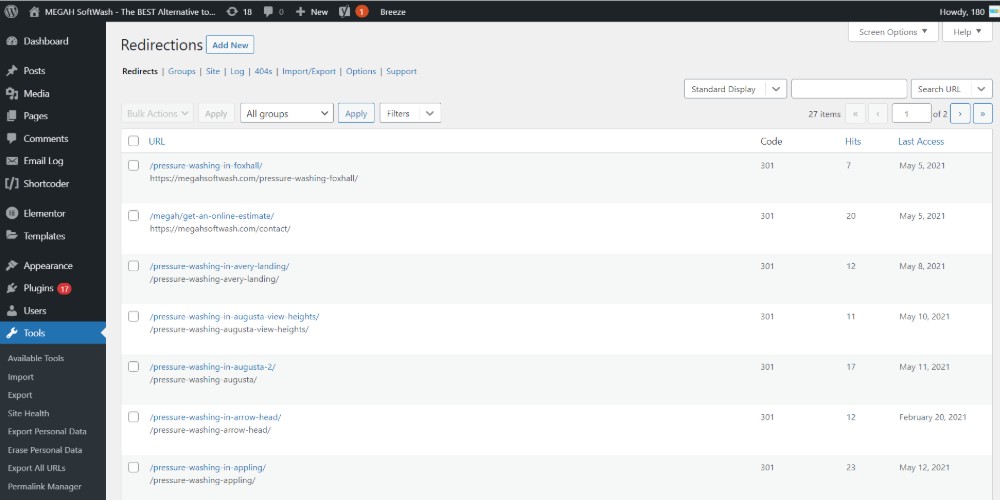
Update Website Content
When redesigning your website, it’s a good opportunity to update any information or content you have on each page as well. However, you have to be careful with what you change. You might want to change up your message, clean up titles that you don’t think look good, or consolidate your message to make it shorter (after all isn’t that what the landing page gurus say?) Well, you might wreck your SEO while doing this. If your pages rank for a given keyword and a given location then you need to be careful to keep the on-page SEO structure intact and also keep your keyword density in the same ballpark. Unless you are well versed in SEO you can really mess things up here by trying to make your site “look better”. Your previous web designer or SEO expert may have put things on your site that you think are worthless but in fact, they are intentionally placed there. You can update the content or even add more (and take all the existing content/blog posts to your new site), but don’t remove keywords, headings, or well-structured content that has been helping your SEO.
Another great point to bear in mind is ensuring your content is readable for mobile users. Especially since a large portion of people now surf and shop exclusively on their phones. Test out your site on mobile, make any changes to get it mobile-friendly, and have plenty of short pieces of important text for those not on a laptop. Due to the increase in mobile users to all websites, Google checks the quality and design on mobile, too.
Website Conversion Optimization
Get a Free Site Audit & Increase Your Profitability
Let us show you areas for dramatic improvement on your website. We offer free and a paid website audit services.

Maintain Your Page Titles and Meta Descriptions
Since page titles and meta descriptions are so important for SEO, there’s no reason why you shouldn’t keep the same ones you have now, so long as they are helping your SEO rather than hindering it. However, if your titles and meta descriptions are not improving your SEO, then now is the time to learn how to write them so they do – you can learn more about writing the perfect descriptions for SEO here. Remember, your meta descriptions will make the difference between someone clicking on your website and then scrolling down to find someone else, so it’s a job that must be taken seriously.
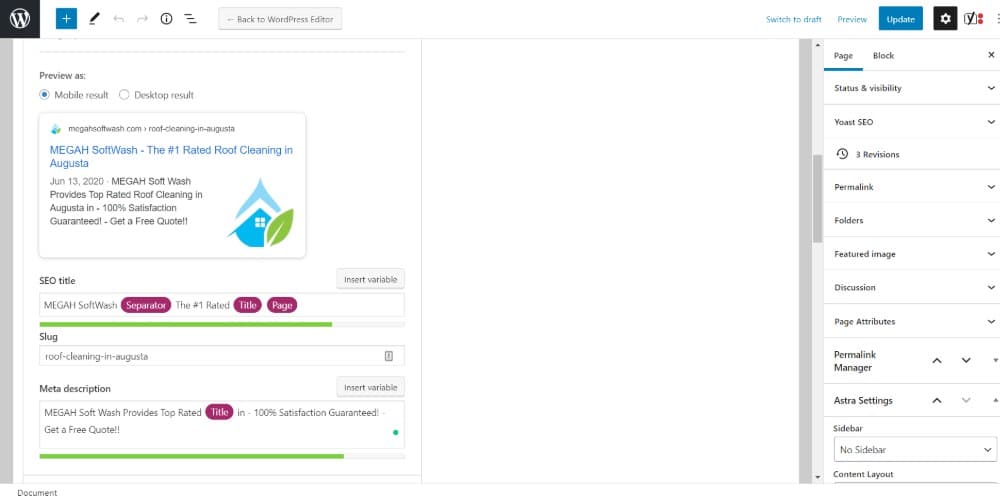
Update Your Robots.txt Pre and Post Launch
If you have a robot.txt file on your previous website, then don’t forget to update it on your new site. Be careful to keep this off while in development though. Having crawlers look around your test pages or any page that is still in development could possibly get your content indexed on a domain that is not your live domain, and that’s a sticky situation you don’t want to be in. This is also a double-edged sword because people set their new site to no-index and then forgot to change their settings to allow search engines to index this site. This is disastrous, your new site could be live for months and then you finally realized why your rankings have been tanking month after month, that’s because your new site was blocking Google from reading it. Be very careful here folks! This pre and post-launch task can save you a lot of trouble with Google’s crawlers so whatever you do, don’t miss this on your to-do list
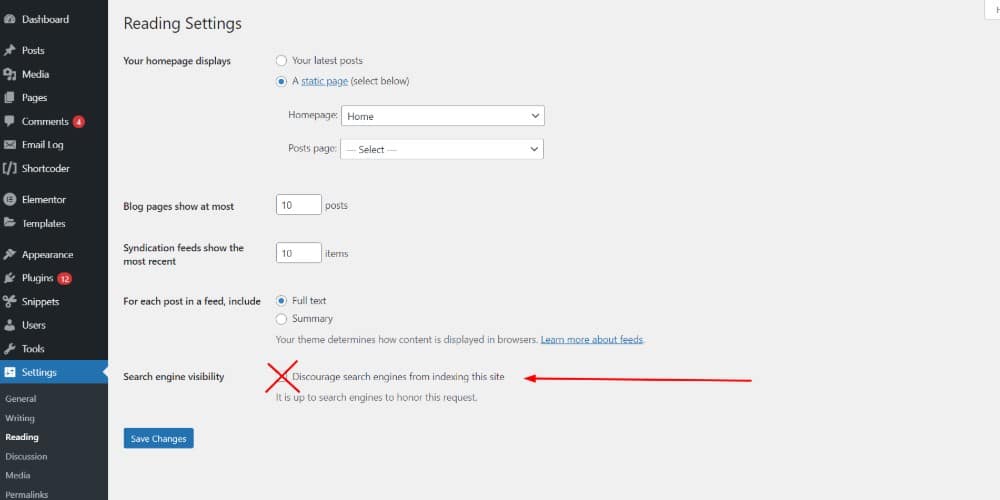
Test Your Site With Other People and Other Browsers
Often, we can spend so long looking at something that we no longer see what we need to see. This means that you can overlook mistakes or design flaws just because you have spent so much time looking at it. It’s always good to get some fresh eyes and a new perspective. So after your redesign and launch, get a few friends to test out the site, get their opinions, ask them specific questions, and listen to feedback. You can also get them to use different browsers if you want to cover all bases as different browsers may display your website differently.
FREE Website Consultation
Book A FREE 15 Minute Strategy Call With Us
Let’s talk about your business and your website needs. We’ll show you how we can help and answer any questions.
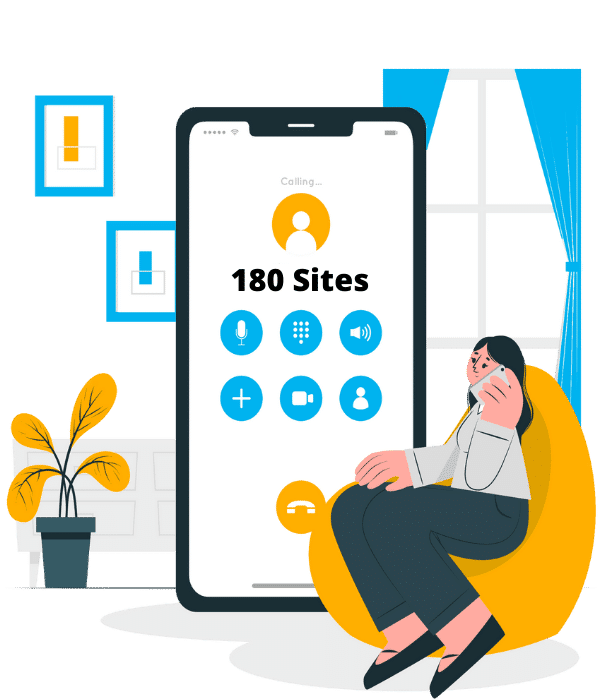
Monitor Your Analytics for Issues and Errors
A simple way to get a good idea about how your SEO is going with your new website is to monitor the analytics and errors. For the analytics, you can use Google Analytics. Here, you can monitor referral information from keywords and traffic. It’ll give you a great overview of how you’re doing compared to your old website and can help you make any changes if the traffic isn’t as high as it used to be. If you have kept the same content, keywords, headings, and meta descriptions, then why aren’t you generating as much traffic as you used to? This is where you will need to investigate and debug any issues, having an SEO expert available to you will be very helpful as you work out any issues.
You should also monitor for errors with the Google Console. Here, you can see slow loading errors, mobile errors, and errors from Google’s crawlers. Fixing any errors that Google finds should be top of your list as Google is the most prevalent search engine. Be sure to also run regular speed tests after relaunch and check with your hosting provider if you are having any major performance issues. The days and weeks after the relaunch will involve a lot of monitoring different aspects until you feel comfortable enough that everything is working as it used to and you can relax a little. But it’s better to monitor too much than not enough.
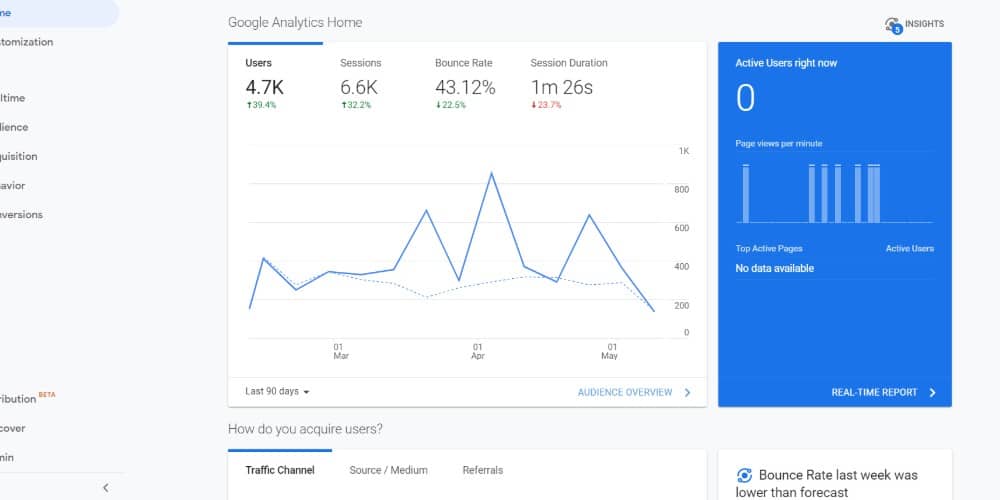
Get Web Design and SEO Help When Needed
This is the simplest step of them all. You can’t be expected to know or do everything. If you’re struggling to understand what to do, how to find the time to do it all, or feel like you can’t do it alone, then get help. There are plenty of companies out there ready and willing to help you with your website redesign and launch. It’s okay to say you feel more comfortable having a specialist take over this part for you. If you’re not confident about what you’re doing and it’s affecting your daily life, then paying for a professional company to do the work is always the best solution. In the end, paying for both the help and the assurance of knowing you won’t lose years of hard work with your SEO rankings is worth every penny.
SEO for your website isn’t a one-off job, it’s an ongoing process that you will have to work on and be aware of for as long as your website exists. With so much hard work, patience, and even money involved, it’s understandable why so many people are hesitant to redesign their website and risk losing their SEO. However, without a redesign, you could lose valuable business as your design and content become out-out-date and stale. So, if you’ve been sitting on the fence about your own redesign for a while, it’s time to bite the bullet. By following these best practices, you can mitigate your SEO loss as much as possible and end up with a beautiful new website and the same amount of traffic as before. You never know, you might just be able to improve your SEO even more along the way and increase traffic along with your new design bringing higher conversion rates, that’s a double whammy! If you want to learn how we can improve your business online, preserve or improve your SEO and increase your conversions, reach out to us today, we’d love to help.










